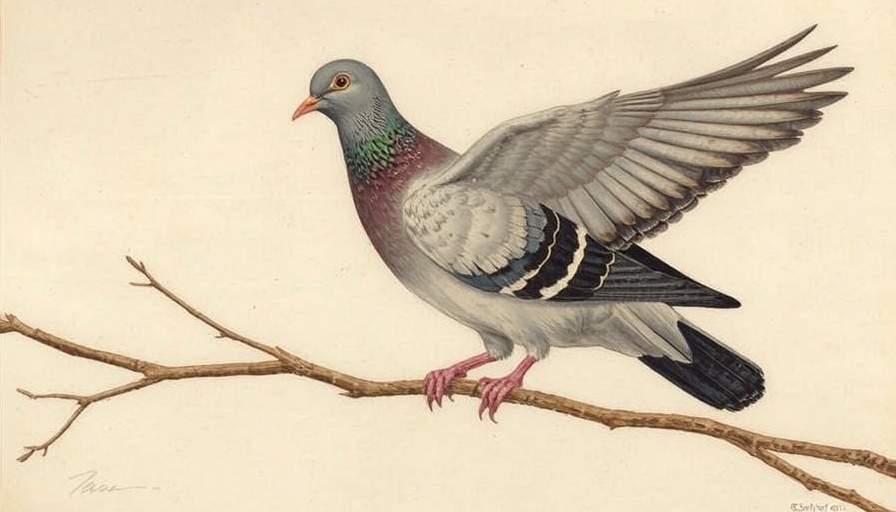
The Journey of the California Condor: A Cultural Revival
The California Condor, known as Prey-go-neesh in the Yurok language, once soared freely over Yurok ancestral lands in California, but its presence vanished due to the intense environmental exploitation that followed the California Gold Rush. Tiana Williams-Claussen, a dedicated member of the Yurok Nation, tells this poignant tale as she reflects on the species' tragic extinction and its significance to the Yurok people.
The birds are not just a critical component of the ecosystem. They are also culturally sacred, playing a vital role in the Yurok's spiritual connection to their territory. The echo of their absence resonated deeply within the hearts of the tribe. Historically, the Yurok have stewarded this land, navigating its ebb and flow through generations, but that balance was disrupted, leading to profound losses.
A Collaborative Path to Restoration
The story of bringing the California Condor back home is one of hope and collaboration. The Yurok Tribe, in partnership with the National Park Service and the U.S. Fish and Wildlife Service, has taken proactive steps toward restoring these magnificent birds to their rightful place in the skies. This joint effort highlights the importance of environmental conservation while acknowledging cultural histories.
After numerous challenges, the breakthrough moment arrived. In May 2022, the Yurok lands welcomed California Condors once more after a century of absence. This event symbolizes not only ecological restoration but also emotional rejuvenation for the Yurok people. Williams-Claussen expresses her joy when she says, "My four-year-old daughter will grow up with condors in her sky," signaling a hopeful future where nature and culture can thrive together once again.
What This Means for Future Generations
Bringing Prey-go-neesh back home is much more than a conservation success; it represents an act of cultural reclamation and ecological responsibility. It showcases the resilience of the Yurok Nation and the importance of preserving indigenous relationships with the environment. As the birds soar, so too do the hopes of the Yurok people for a future that honors both tradition and the natural world.
 Add Row
Add Row  Add
Add 




Write A Comment